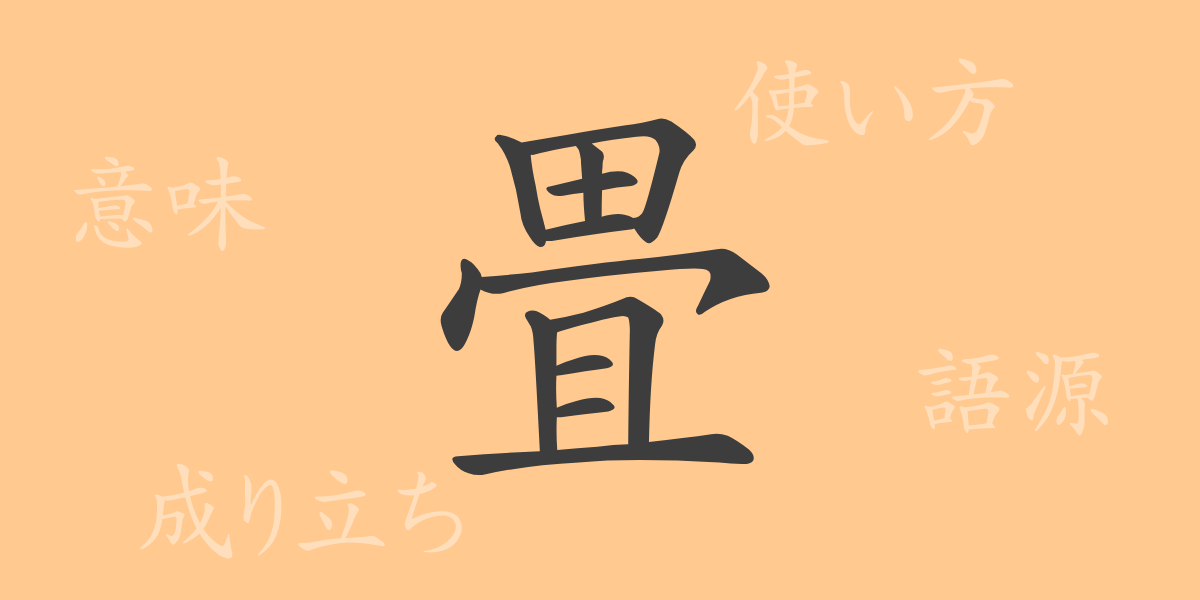The Japanese “tatami” mat symbolizes the nation’s tradition and culture. This seemingly simple item, rich in history and significance, is deeply ingrained in Japanese life. This article explores the origins, uses, and terminology of tatami, along with idioms and proverbs associated with it, delving into the allure of these mats.
Origins of Tatami (じょう)
The term “tatami” (たたみ) derives from the action of “folding” something flat. Historically, the term meant to spread something out flat, from which the name for these mats originated. Records from the Nara period indicate their use in aristocratic residences, and their design and structure have evolved over the ages.
Meaning and Usage of Tatami
Tatami mats are traditional Japanese flooring materials used primarily to make floors softer and more comfortable. They also provide insulation and soundproofing. Moreover, tatami mats serve as a measure of room area in Japanese architecture, with one tatami mat providing enough space for one person to lie down comfortably.
Readings, Stroke Count, and Radical of Tatami
Tatami is a common kanji in Japanese, with various readings and forms.
- Readings: The on’yomi (おんよみ) is “ジョウ,” while the kun’yomi (くんよみ) includes “たたみ,” “たたむ,” and “たたむ.”
- Stroke Count: Tatami has a total of 12 strokes.
- Radical: The radical is “⽥” (た, たんぼ), representing the field.
Idioms, Phrases, and Proverbs Using Tatami and Their Meanings
Tatami frequently appears in Japanese idioms, phrases, and proverbs. For instance, “畳の上の功なり” (たたみのうえのこうなり) means achievements made in theory or planning, not in practice, highlighting a lack of practical experience. “畳み掛ける” (たたみかける) describes the act of doing something continuously, like attacking or questioning. “畳に椿” (たたみにつばき) reflects how something unexpected can appear surprisingly natural, akin to a camellia flower falling on a tatami mat.
Conclusion on Tatami
Tatami mats play a significant role in Japanese life, through their history, functionality, and cultural value. Still cherished and used in many Japanese homes today, tatami mats vividly reflect Japanese tradition and ethos. Understanding this background allows us to appreciate tatami as more than just floor material.

























